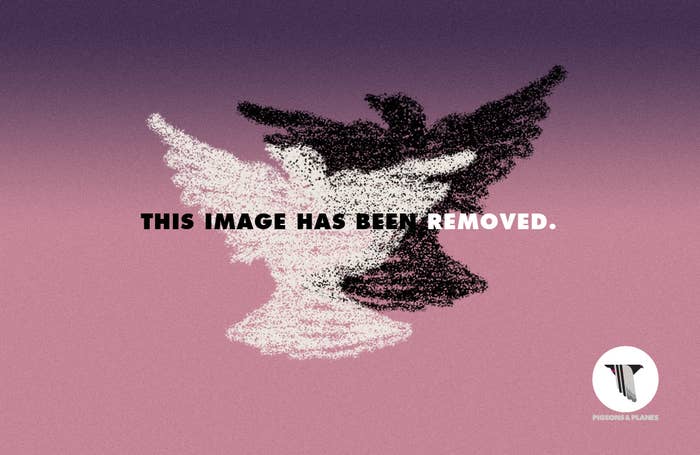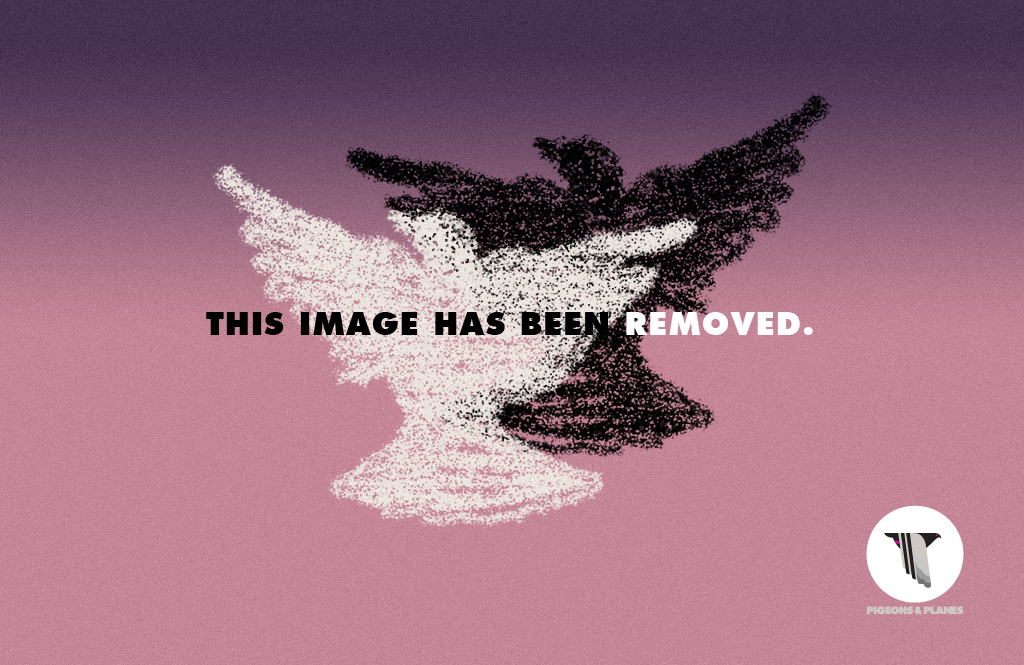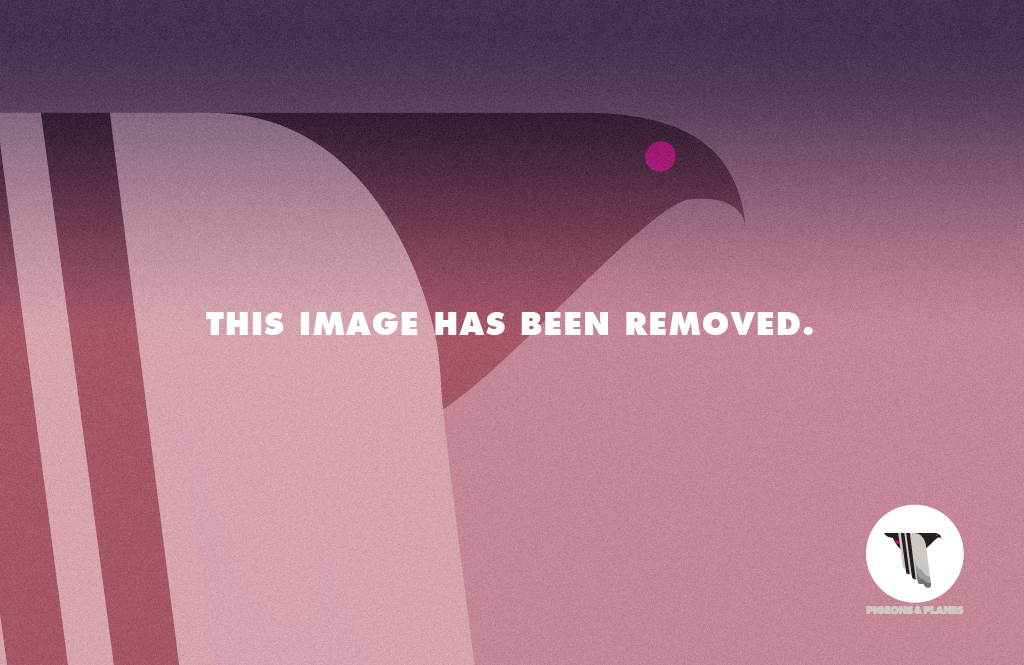1.

Indie rock is doing pretty well for itself in 2012. There are plenty of exciting scenes and great new bands popping up on the regular, and no shortage of diversity wide-ranging enough to keep fans of all styles entertained. But there’s still a lot missing from the indie world, and a lot of what they lack, the hip-hop community has mastered. Here are 5 Things Indie Rock Could Learn From Hip-Hop.
Hit “next” or click the picture to read on…
2.

The Importance Of The Mixtape
Think about any hip-hop artist that blew up in the last few years. Before their big debut album dropped, an overwhelming majority of them built their buzz with a mixtape. In a lot of cases, that big mixtape will end up standing as the rapper’s best work. At the very least, it’s a taste of what to expect, and it makes the decision of whether or not to buy that first official album a lot easier.
In the indie world, a new band pops up, drops a few songs for stream on the internet, maybe puts out a video or two, then puts out an album. If you’re on the fence, there’s a chance you’ll pass on the album. In the hip-hop world, by the time the album drops you’re already a fan, all thanks to the mixtape.
3.

How To Use Social Media
There are very few indie rock personalities on Twitter. In some ways, maybe that’s a good thing, but if you’re on Twitter and you’re following your favorite artists, it’s obnoxious to see the same tour announcements, buy links, and generic thank you’s to random cities across the globe. And it’s frustrating when all you want in life is a Tweet response from Lykke Li but you get nothing.
Rappers, on the other hand? Completely different story. Just look at the following:
Rappers’ Tweets:
I JUST GAVE KEKE “THE ADOPTED TABBY CAT” AND FIRST AND ONLY ANIMAL SIGNED TO LIL B, I JUST GAVE HER SOME CORN I FEEL HORRIBLE – Lil B
— Lil B From The Pack (@LILBTHEBASEDGOD) July 18, 2012
WOMEN ARE LiKE HOUSES… WHEN U FiND THE PERFECT ONE THEN U WANNA GO iNSiDE.. GET COMFORTABLE.. AND LiVE THERE FOREVER
— RiFF RaFF (@JODYHiGHROLLER) July 16, 2012
Ur a disgraceful bitch all the years of sellin ur pussy now it looks like a 1927 Baseball Mit.
— BOBBY BAKLAVA(@ActionBronson) July 13, 2012
Indie Artists’ Tweets:
Come to “Zurich Openair Festival” 23 August from 12:00 to 15:00. Get tickets here:… fb.me/1KP0fIrbW
— Lykke Li (@Lykkeliofficial) April 24, 2012
RT @mergerecords: Arcade Fire’s “The Suburbs” Deluxe is on sale at AmazonMP3! $3.99 today only! amazon.com/The-Suburbs-De… @arcadefire
— Arcade Fire (@arcadefire) September 16, 2011
There a bunch of pre-sales today for these US shows with cheaper fees, etc…… beachhousebaltimore.com
— Beach House (@BeaccchHoussse) June 13, 2012
Enough said, yeah?
4.

The Value Of A Good Remix
There are remixes in the indie world, but it’s not the same. In indie, when an act gets remixed, it’s just a new spin on their song. In hip-hop, if you remix a song well enough, it can become yours. Just look at what is arguably Lil Wayne’s best work. On Da Drought 3 and Dedication 2, Lil Wayne takes songs and literally makes entire new songs out of them, chorus and all. This is a stretch of the term “remix,” but that’s how far things have gone in the hip-hop realm. Smash hits become even better, artists bring out some of their best verses, and when it’s done right, a good song transforms into a whole new monster.
Outside of hip-hop, remixes still happen, but the remix culture of indie rock is not as exciting. Nobody listens to the new Dirty Projectors song and goes, “Ohhhh shit, I could see James Murphy getting on this remix!” But that would be cool, right? Right.
5.

Collaboration
Collaboration is happening more in the rock/pop arena, especially with the inclusion of more electronic producers and electronic producer-friendly acts being introduced to the mix. But indie rock has no Watch The Throne, it has no crews, and collaborations tend to be a one-time thing, rarely turning into long-term working relationships.
How great would it be to have a Radiohead x Purity Ring album? Or to have Ratatat do a project’s worth of songs with Sleigh Bells?
6.

Crowd Participation
If you’ve been to a lot of indie rock shows, especially in New York City, you know the crowd can be completely detached from the performer. There are times when the members of the crowd are just looking around the room like they’re stuck in a conversation that they want to escape. Some indie rockers talk between songs, but the casual banter does little to move the passionate but sometimes shelled up indie rock crowd.
In hip-hop, there are whole sections of songs dedicated to getting the crowd going. Rappers tell the audience to put their hands up. If they don’t, the rapper will demand, “Put your motherfucking hands up!!” When you’re at a concert and the guy on stage has mastered getting the crowd involved, it’s impossible not to feel like a part of the show instead of just an onlooker.
The lack of crowd participation often gets blamed on the snobby fans, “too cool” to be excitable, but this isn’t the case. If indie rockers had hype men, audience-rallying technique, and the kind of energy that spreads like second-hand smoke, the typical indie rock show could be much more interactive.

